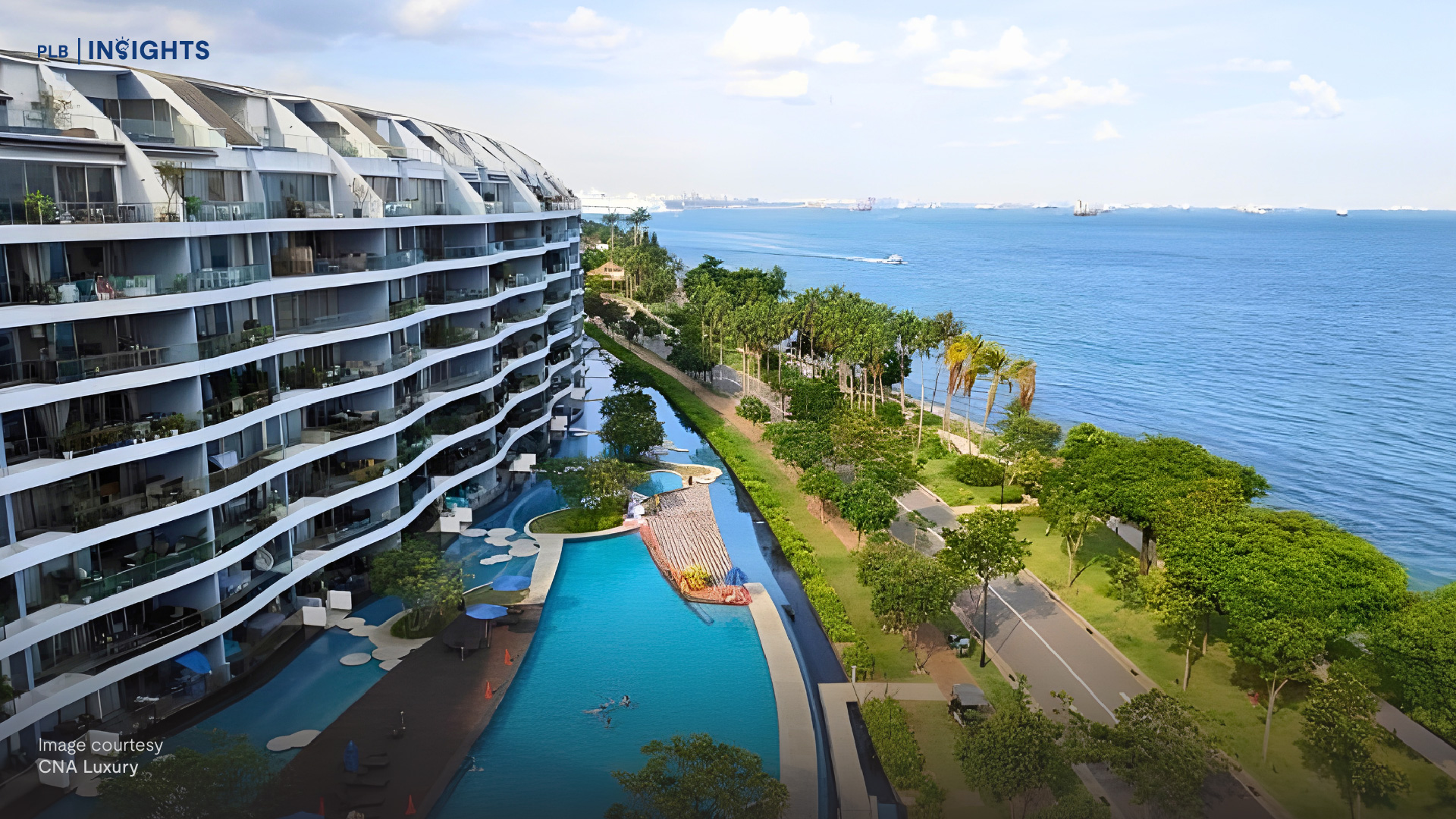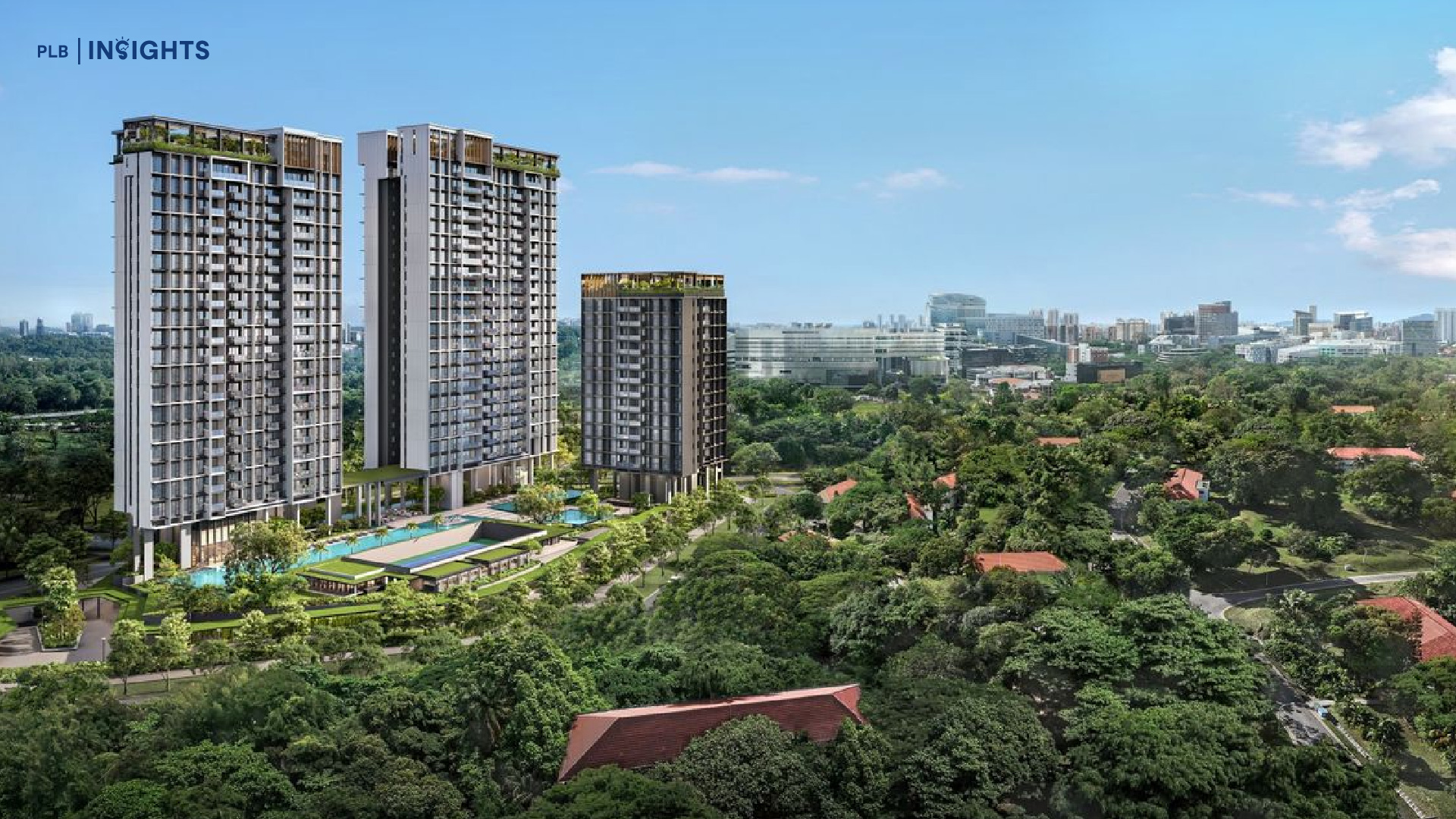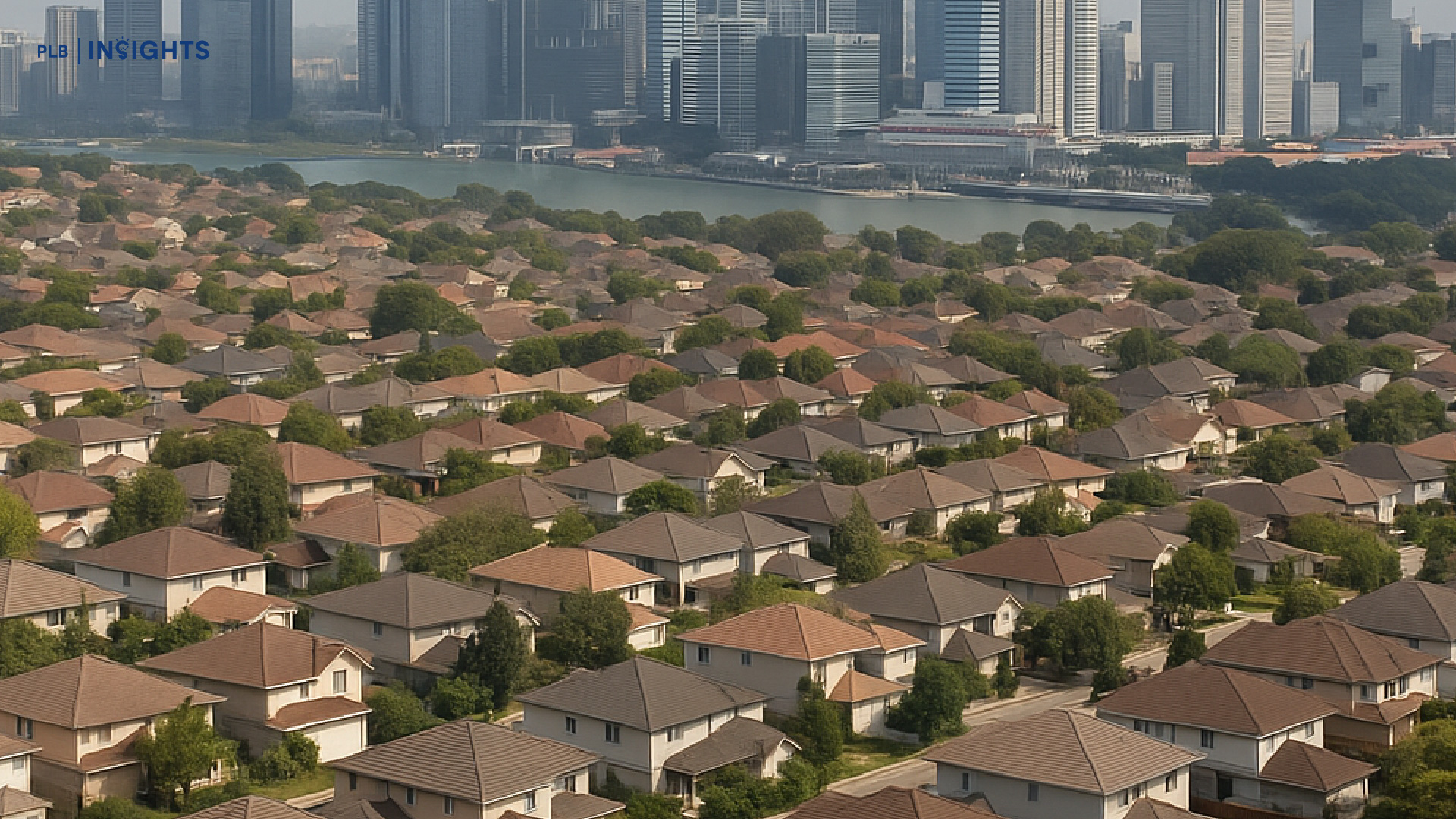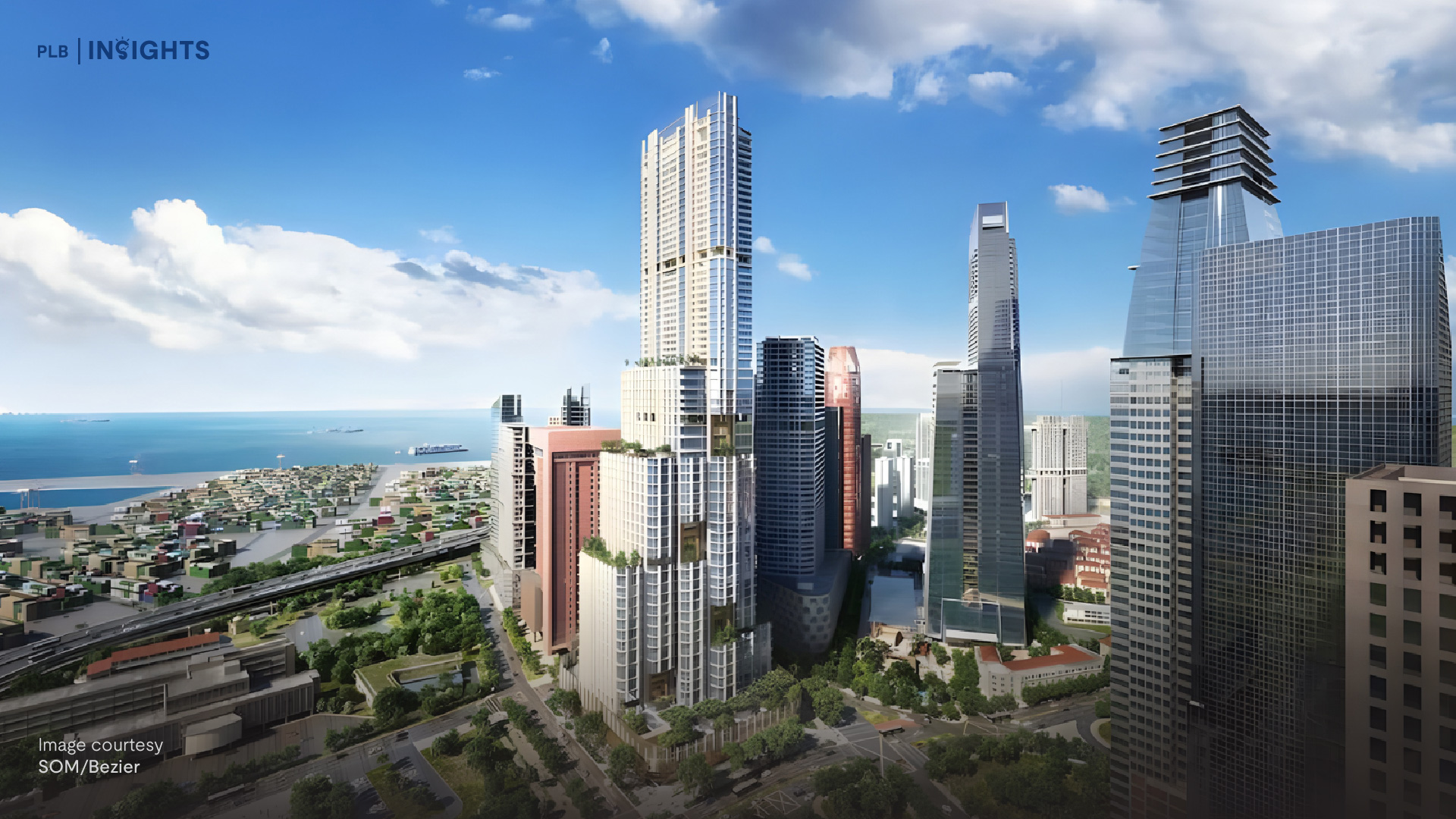
The East Asian bloc is a rapidly-emerging one. From isolationism in China during the maiost rule between 1893 and 1976 and nationalistic sentiments in Southeast Asia in the 1960s to a regional economic and diplomatic power within the current international trading system.
Imagine the benefits you would be reaping today if you were optimistic and daring enough to invest in the East Asian market in 1970!
However, many foreign investors understand that the second-best time to invest in Asia is now. This understanding is especially so for Asia’s most influential real estate markets: China, Japan, and Singapore.
“So, why the hype?” You ask.
Good on you for having that question.
Let us investigate what makes the Chinese, Japanese and Singapore real estate markets tick and why investors are remaining optimistic over these markets despite some needed room for improvement.
The Japanese Real Estate Market: A Quick History
The 1980s: Japan was reaching heights of its newfound post-war prosperity, paying high prices for goods and commodities coupled with a low unemployment rate of 4.9%
1985: The Plaza Accord is established, causing an appreciation of the Japanese yen against the USD as the United States attempts to make its products more competitively priced in international trade to cover its growing trade deficits.

1986-1987: Speculation within the Japanese real estate market was inevitable. Tokyo’s Residential Price Index appreciated by as much as 44 per cent.
1989: Tokyo metropolis’s property prices begin decreasing by 4.2%.
1990 -1999: Since then, Japan entered into a Lost Decade – a deflationary crisis through the 1990s meant it would be difficult for lower interest rates to prop the economy back up again.
2021: Goldman, one of the largest financial institutions in America, increases its Japanese property portfolio to over 250 billion yen (US$ 2.5 billion). An optimistic sign for Japan, especially amid COVID-19.
The Lost Decade: Failing Japanese Finance
What is the Lost Decade?
Nobody likes to admit that they are stuck in a rut. So who may blame the Bank of Japan (BOJ) for doing the same thing in the 1980s? (Yes, we get it, financial institutions are entities, not individuals)
The G-5 nations (then-West Germany, America, Japan, France and the United Kingdom) ratified the Plaza Accord in September 1985 in response to a growing trade deficit between America and its allies, (West) Germany and Japan.
What was agreed upon? Exchange rates would be manipulated, depreciating the USD against the former West German Mark and the JPY. It would be cheaper to buy American goods, and West German and Japanese goods were more expensive to buy, especially in America. The aim, in turn, would be to make sure America profits more than Japan and West Germany in trade.
In response, the BOJ attempted to offset the effects of a more expensive Yen – of lower exports and capital investment for export purposes – by lowering discount rates. Essentially, Japanese banks were allowed to lend from the BOJ at lower interest rates, hoping that they may inject more money into the Japanese economy to spur exports.
These lower discount rates created lower interest rates for banks, for sure. Yet as an unintended consequence, more homeowners took up mortgage loans for Japanese property. Japanese companies followed suit, too, creating the Japanese asset bubble.
This bubble was so bad that in 1988, newspapers stated that “Japanese theoretical land value surpassed by four times of all land in the United States – a country nearly 25 times as large as Japan”.
So the BOJ, in attempting to get itself out of the rut of an appreciating yen, caused a real estate crisis so bad that in the 1990s, Japanese GDP averaged only 0.5% per year.
A ‘transient’ housing market
Are you bummed about your Singaporean HDB’s 99-year lease? Japanese homes are built to last only three decades at best.

Image Courtesy The Guardian
Japan is a country of many natural disasters such as earthquakes and tsunamis. While many countries would respond by building structures that would stand the test of nature, Japan deals with this differently.
With a majority of the population governed by Buddhist and Shinto concepts of transience, Even the country’s most important shrine in Ise faces reconstruction every twenty years. And this is nothing new – this is a 1,300-year-old tradition.
On top of a deflationary market’s extremely low-interest mortgages, this is no problem for homebuyers in Japan.
Here’s another fun fact: the local architects love it too. Where houses were drawn up by even the more established designers are demolished, there is more incentive for up-and-coming junior designers to make their mark on the Japanese landscape.
The Optical Glass House in Hiroshima, situated next to relatively “ageing” and somewhat “dilapidated” homes, is an excellent example of this. The difference in design and quality between the houses is a testament to the experimental spirit these junior designers have in hopes of making a mark on the architectural scene.

Image courtesy Robbreport
Too many houses! (and why this is a good thing for you!)
A slower population, an even slower economy and a demographic shift to more urban cities would create a phenomenon called “akiya” (lit. empty house).
In 2018 alone, 1 in 7 out of homes in Japan was deemed as “akiya”.
Think, as a younger homebuyer, would you buy older houses that may not withstand natural disasters in rural areas farther away from the city or a newer urban home more capable of withstanding earthquakes? Yes, that question was rhetorical.
So why is this phenomenon potentially suitable for foreign investors?
The Japanese government is greatly incentivising home buying in Japan. As a resident, in some regions such as Okutama (in western Tokyo), you can snag vacant, old buildings for free. Many have capitalised on these dirt-cheap bargains, repurposing these “akiya” into local businesses and potential for-profit assets.
In addition, there are no legal restrictions for foreigners buying up property in Japan.
As a foreign investor, you may invest in the Japanese real estate market like Goldman Sachs last year while it’s still yet to pick up speed. But be wary – the Japanese real estate market may not pick up anytime soon, so you will need to be very patient.
But of course, never put all your eggs in one basket in Japan, arguing that one must be ‘greedy when others are fearful. Let’s look at other real estate markets in Asia that may provide you as much, if not more, value.
The Chinese Real Estate Market: A Quick History
1981: Deng Xiaoping introduces a set of reforms to liberalise the Chinese economy.
1992: The Chinese property market faces its first bubble. The number of real estate developers in China quadrupled, and investment in Chinese real estate jumped by 117%, while housing spaces only increased 40.4%.
1993: The 1990s bubble starts to deflate as monetary policy tightens and the government increases scrutiny on real estate market speculation.
The aftermath? Unfinished projects, endless legal battles, and the first ‘ghost city’ in Daya Bay.
1994: China’s economy starts overheating. Inflation reached levels as high as 28% in 1994.

2008-9: In the aftermath of the Global Financial Crisis and the Sichuan earthquake in 2008, the government introduced stimulus plans to give the economy an added boost.
2010: An unintended second Chinese real estate bubble occurs. It’s so bad that you will need 27 years’ worth of income on average in Beijing to service a single piece of property.
2011: With added government intervention (any resident trying to purchase a second home in China would need to fork up a 40% downpayment), an unintended second Chinese real estate bubble, growing since 2005, bursts.
Ghost Villages? Try Ghost Cities
‘Ghost cities’ have been a rising phenomenon in China as early as 2006.
They are called as such because although you may find whole new urban establishments in rural land, they are notoriously empty. Think, entire cities with completed apartment establishments and train stations but have almost no dwellers.

A boy in the middle of a bridge in Zhengdong New Area, a famous ghost city, image courtesy Bloomberg
There’s still hope! Cities which have risen from the dead
Don’t get too bummed out. There is still a bullish case for the Chinese real estate market.
Perhaps the international community, especially Western media, have been too quick to judge certain establishments in China as ‘ghost cities’.
Pudong, a known former ‘ghost city’, was often looked down upon by foreign real estate portfolio managers such as Tim Murray. Let’s look at Pudong now:

Pudong is now a bustling economic and financial hub for China.
So while you, as a foreign investor, may look at what may seem to be a ‘ghost city’, don’t be too quick to judge. Read between the lines and look at potential economic developments that may cause some pull to such a city.
Yet, at the same time, never hold your breath. The theory that most ghost cities are simply cities waiting to be revived is not popular among analysts. Mr Murray, a former journalist for the Wall Street Journal in China, says that examples such as Pudong and some other cities are ‘the exception’ rather than ‘the rule’.
Buying on hope is never a good strategy.
The Singaporean Real Estate Market
We’ve covered a more detailed history of the Singaporean real estate market! Check out our article on The History of Growth in Singapore’s Real Estate Market, especially if you’re a history buff.
The case for market regulation in public housing
What separates Singapore from its neighbours is that real estate regulation has been proactive in nature rather than reactive.
Another common buzzword in Singaporean real estate regulations? Unique. Think Additional Buyer’s Stamp Duties (ABSDs) that vary by residency status, and the Ethnic Integration Policy (where quotas are placed on certain races to prevent residential enclaves from forming, especially within minorities).
These policies are all the more critical in a country like Singapore. As mentioned in our past article, The Benefits of Regulation in Singapore’s Real Estate Market, Singapore’s land is extremely scarce. Any sudden increases in demand, if unchecked, can have a crippling effect on the Singaporean real estate market. As an increasingly popular destination for foreign investment, such a market would need equally unique regulatory systems to maintain its reputation of stability.
Robust financial systems (and why it matters)
As shown in our previous examples with Japan and China, one wrong turn in financial policy and the economy suffers damaging consequences.
Singapore has had a history of prudent financial decisions. While still affected by global economic downturns and regional financial disasters (as Singapore is highly dependent on foreign investment patterns), nevertheless, Singapore has reacted swiftly to manage economic downturns in part due to financial regulation and reform.
Singapore’s Loan-To-Value (LTV) limits were introduced in 1996 to proactively prevent non-performing loans (or loans that individuals cannot pay back) from severely damaging financial institutions and the Singaporean real estate market and the economy as a whole.
Loans continue to be an integral part of the Singaporean economy, with 70% of the country’s GDP driven by household debt. LTV limits will at least ensure that this debt is sustainable, especially for mortgage loans – substantial obligations if you think about residential prices in Singapore.
Conclusion
The real estate market in Asia is undoubtedly growing. While certain areas within such a market need tweaking, foreign direct investment in markets like Japan, China and Singapore are growing and continue to grow, attracted either by its valuations, growth potential, or stability – depending on which market you’re looking at.
However Asian real estate market investors may want to be wary and do their due diligence before purchasing any property.
In our opinion, Japan may no longer be an emerging market anymore, with a deflationary economy, aging with numerous zombie companies, investment funds have started to exclude Japan, and that speaks volumes about the market sentiments.
If Singapore happens to be your country of choice after rounding up your research, feel free to contact us for a non-obligatory buyer’s consultation.








